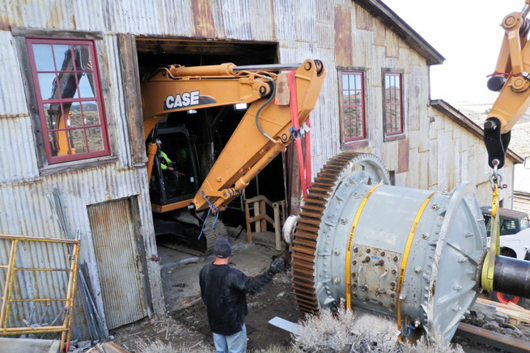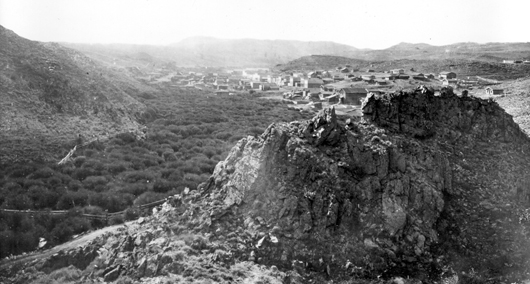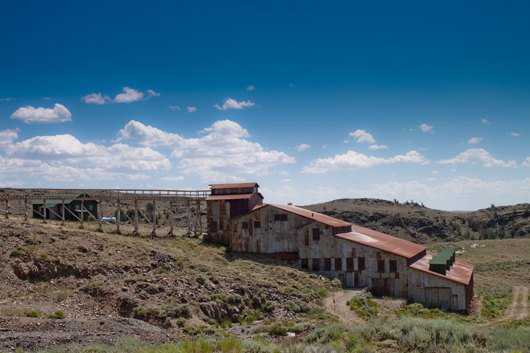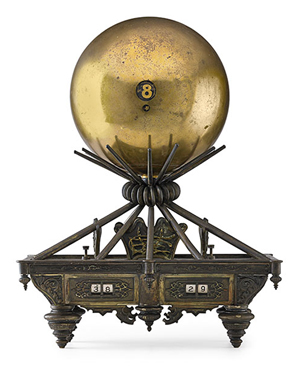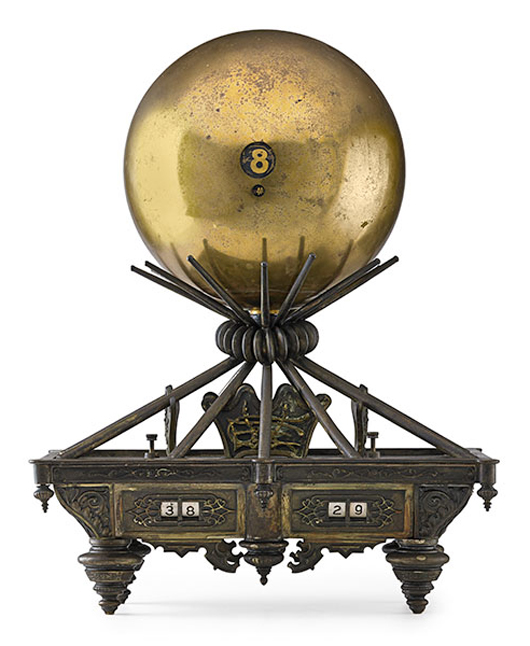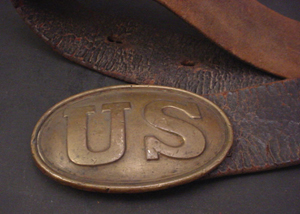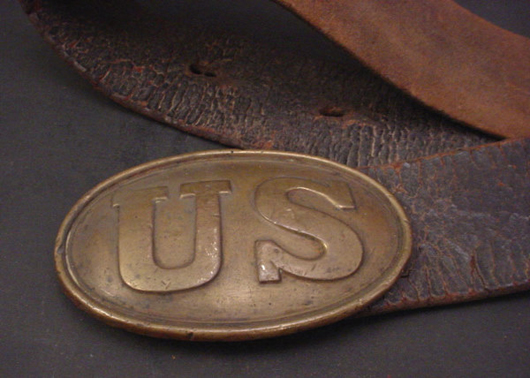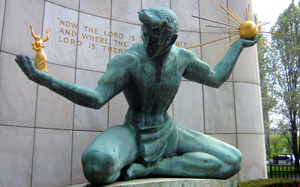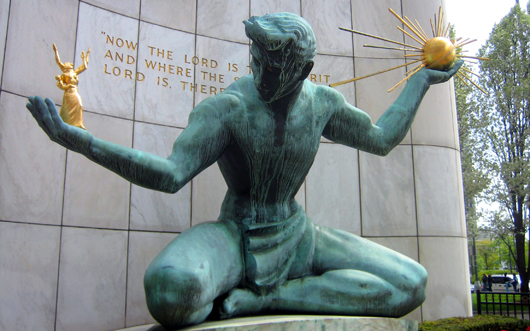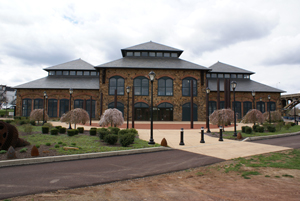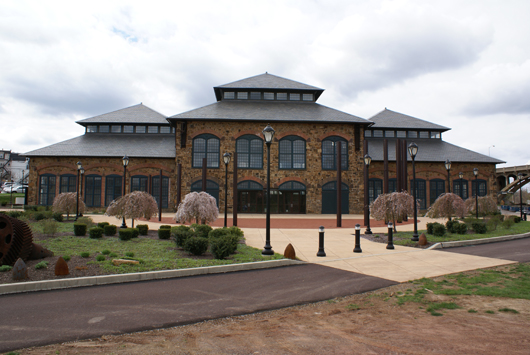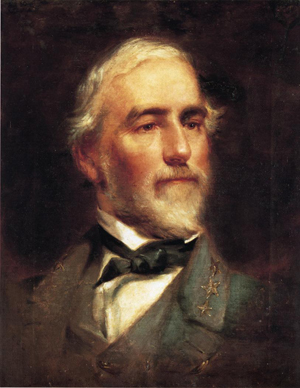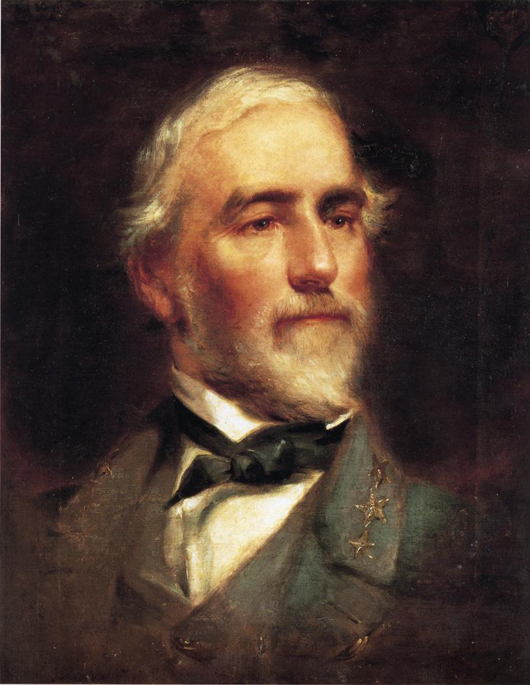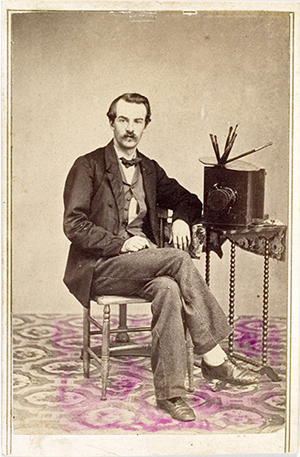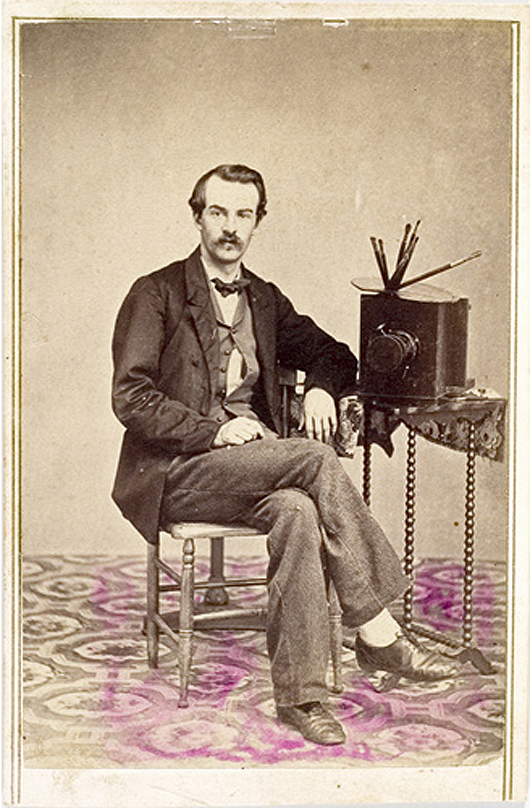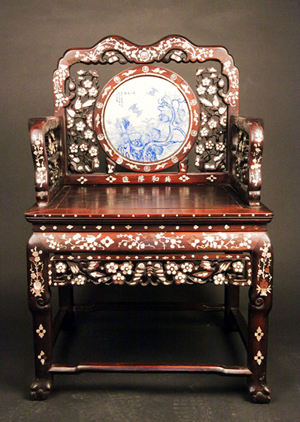
Lot 2700: rare handcrafted hardwood chair from the Imperial Qing Dynasty. China Arts Appraisal and Auction House image. LOS ANGELES – Following its highly successful inaugural auction in June, China Arts Appraisal and Auction House of Southern California will present its late summer collection of decorative arts, unique collectibles, and fine art masterpieces on Friday Aug. 30, exclusively by online Internet live bidding through LiveAuctioneers.com.
China Arts Auction House brings together the positive collaboration of seasoned art appraiser and dealer Thomas with the multigenerational auction house from overseas. The auction house will offer a variety of Chinese arts and antiquities, stamp collections, precious stones, fine jewelry and rare furnishings at a one-day event. Auction items include a wide variety of porcelain works, jade and soapstone carvings, precious gemstones, scroll paintings, sculptures and museum-worthy furniture pieces.
“We are pleased to follow up on our inaugural auction with an array of lots that are just as varied and unique” said curator Lisal Ong.” We feel privileged to be making a number of lots available from the collections of a few discerning lifetime collectors.”
Headlining the auction is lot 2700, an exceptionally rare hardwood chair from the Imperial court of the Qing dynasty with intricately carved peonies and hand-painted auspicious foliate detailing and featuring a blue and white marble inlay in the backrest. The scenic landscape inlay contains calligraphy and the artist’s signature.
Also noteworthy, is a collection of YiXing clay teapots created and signed by a number of renowned artists (lots 2684-2686 and lot 2690). This assembly has been acquired by a well-known lifetime collector and tea aficionado from South Pasadena during the open trading period of Deng Xiao Ping’s China. Of particular interest is lot 2690 featuring a bamboo tree engraving and looped handle design signed by artist Ma Jian Shui.
Another cornerstone of the day’s offerings (lots 2823-2827) comprises a colorful array of Famille Rose vases primarily from the Republic Period, and featuring landscapes, wildlife and floral displays.
A must-see, dazzling piece in the watches and fine jewelry lots is a highly sought-after man’s Rolex WR -397 watch with a Daytona two-tone face and original diamond dial (lot 2752).
The proprietors of China Arts have married their mutually held passion for collectibles with decades of expert sales and acquisitions for their growing network of international clients. With promising first-year preparations in Southern California, they have plans in place for monthly in-house auctions. Many new clientele have come to know the burgeoning auction house through online catalogs posted on LiveAuctioneers.com.
The Friday, Aug. 30, online auction event will begin at 1 p.m. Pacific. Preauction viewing days are scheduled for Tuesday, Aug. 27; Wednesday, Aug. 28; and Thursday, Aug. 29; from 1-5 p.m. The gallery is located at 225 W. Valley Blvd., Suite #H128, San Gabriel, CA 91776.
For additional information Lisal Ong at 626-345-8668.
ADDITIONAL LOTS OF NOTE
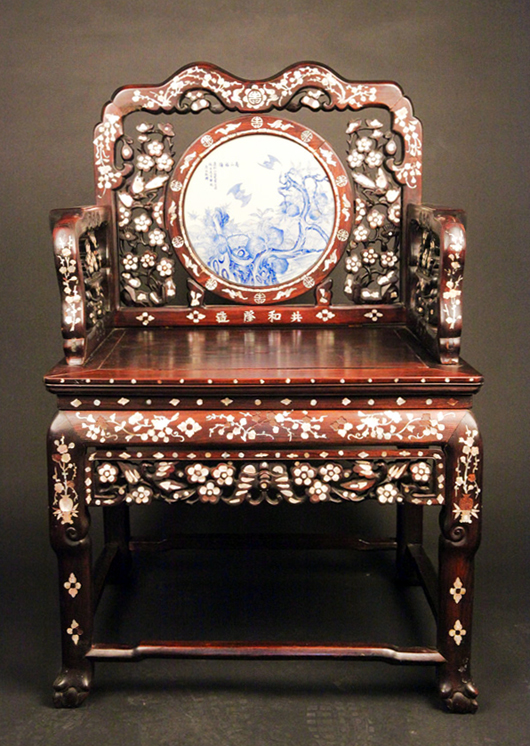
Lot 2700: rare handcrafted hardwood chair from the Imperial Qing Dynasty. China Arts Appraisal and Auction House image. 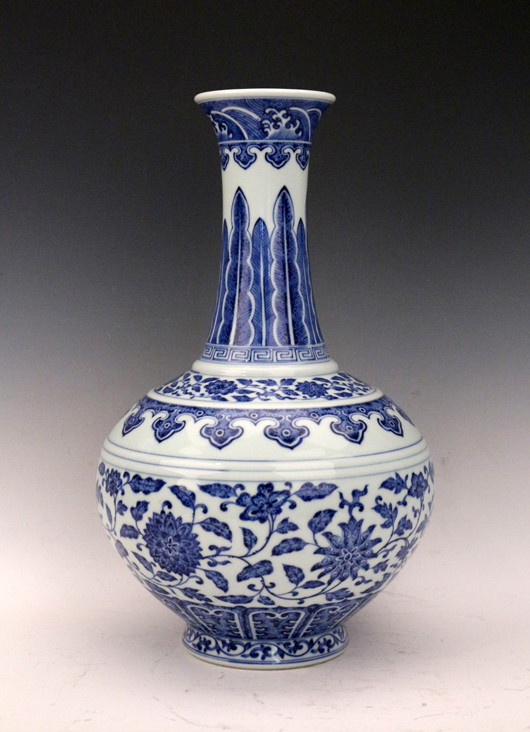
China Arts Appraisal and Auction House image. 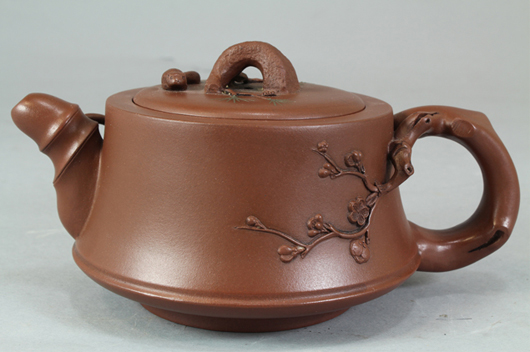
China Arts Appraisal and Auction House image. 
China Arts Appraisal and Auction House image. 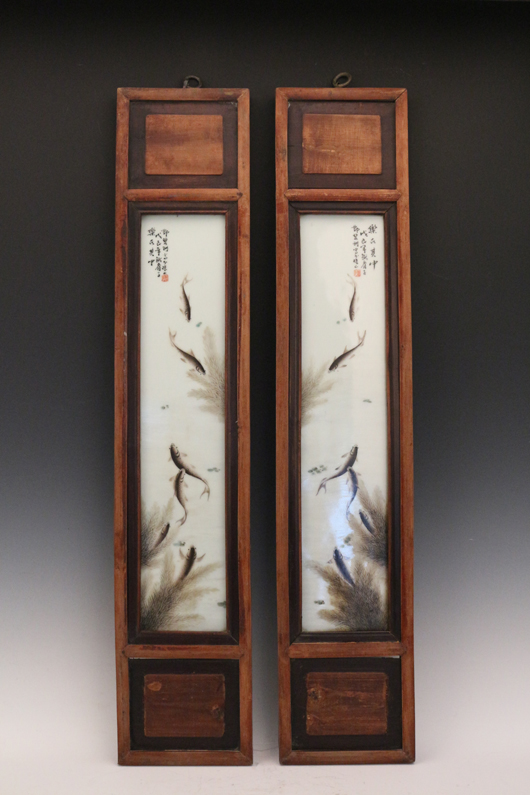
China Arts Appraisal and Auction House image.



